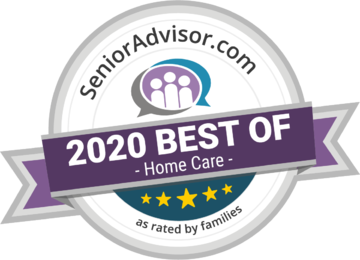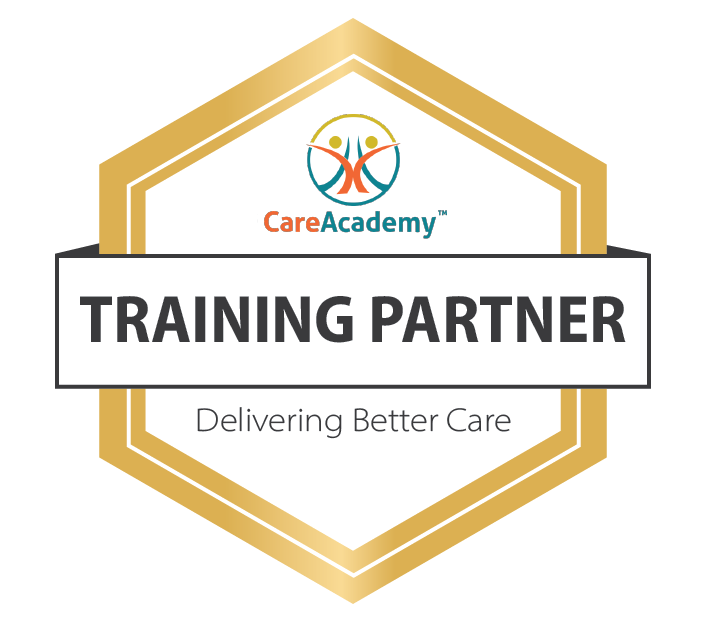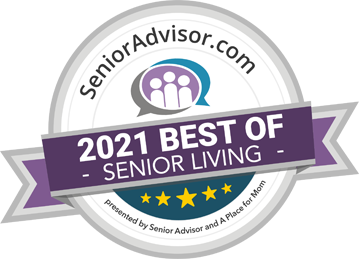In our experience providing senior home care to families in Exton, West Chester and Downingtown, we know that it can be extremely overwhelming when a loved one goes into the hospital, they’re discharged from a skilled nursing facility, or they have a fall and they’re in need of immediate assistance at home. A lot of families don’t really know where to turn or how to fund in-home care. Luckily there’s a lot of different options out there for families, but unfortunately without the proper knowledge, you’re not really sure where to turn to next.
For those of you that don’t know, home care is where we bring in a non-medical home care aide – this can be a direct care worker, it can be a CNA (a certified nursing assistant) or an HHA (a home health aide). We also have LPN’s on staff as well that come in and help out.
Now, this can be a real financial burden to families, especially if they’re caught by surprise. Here, we’ll going to help you navigate your options to afford in-home care.
Private Pay: The number one option to pay for home care is private pay. A lot of families have savings or they have a family member that’s able to help out, or leveraging any annuities, stocks or bonds. But there are a lot of other options as well. We’ll jump into veteran pension.
Veteran’s Administration: If you were a veteran or a surviving spouse of a veteran, there is a good chance that you may qualify for funding from the Veteran’s Administration. There are a lot of requirements to meet. Usually the individual that needs care has to be age 65 or older, totally or permanently disabled, or a patient in a nursing home receiving skilled nursing care, receiving social security or disability insurance. There’s a lot of asset limits and income limits as well. There are three different veteran benefits.
- The first being the Aid And Attendance Benefit that pays for home care – that’s probably one of the best benefits that a veteran can get is because it’s typically around $2,600 per month in paid home care services. So, while it can be really helpful, the prequalification requirements are pretty stringent.
- The second option is Basic Improved Income. That’s a very rare benefit. We don’t see that often here, but it is an option.
- Last is a Housebound Benefit. Typically, housebound benefits, they only allow for roughly two hours per day of care. For a veteran’s benefit, you definitely want to look to the aid and attendance benefit first if anything at all.
Long-Term Care Insurance: Another really good option is long-term care insurance – a lot of families are unaware that their loved ones or their parents or their grandparents policies actually will pay for the cost of home care.
If you’re looking for care for someone or even for yourself, the first thing you’d want to provide your long-term care provider is the policy number and the last four digits of your social security number and they can provide you with all the info you need and if nonmedical home care is covered by the long-term care insurance.
Reverse Mortgage or Home Equity Line of Credit: Now, this would be if you’ve built up equity in your home over time, you can talk to your talk to your bank or whoever provided you the loan. It’s an option to pull out that equity to pay for a home care services.
Life Insurance Policy: Home care coverage which will depend on the on the provider of the policy – different policies have different requirements, different qualifications.
Social Security: Social security is not going to offer a whole lot generally, as this is what the seniors are collecting from the government that’s being paid over the years.
Home Care Loan: This is more common for a younger family member to take out a home care loan to help out their parents.
State Programs: Two of most common state program in our Chester County area would be Chester County Department of Aging. For more details and options, go to their website at www.cheso.org. But unfortunately, the hours are very low, and the approval process can take some time. Sometimes it can be up to up to two, three, four months to get approved and typically clients are only getting two to three hours of care a couple times a week.
Options Program: Similar to a state program, this is typically going to be very low hours of care with a somewhat longer applications process.
Medicare Advantage: As of January 1st, 2019, Medicare Advantage started paying for non-medical home care services. But, because they don’t really have the budget for it yet, it wasn’t really rolled out until January 1st of 2020. Obviously, they need the funds to fund the home care, and now we’re a few months into 2020, as a home care owner, I still have yet to see Medicare Advantage paying for anyone’s home care services. I’m sure there are instances where they are, but it is, it is very rare. I think this will be an excellent option in the future. The second last one here is going to be Medicaid. So Medicaid, it’s, it’s, it’s called the home and community based services waivers. So there’s a, there’s a lot of different waivers that you can apply for in Medicaid. It’s, it has to do with lower income individuals, but it’s a very helpful program.
With Medicaid, traditionally you can get a lot of hours. We have some clients that are up to 20 to 24 hours a day care. So, Medicaid can be very helpful in those situations where it isn’t a low income individual. The only downfall is that it does take a long time to go through the process and application, as with almost any type of insurance. It’s definitely good to start looking at that option early and then you can at least get the process done. So when the time does come, you know, you can get the information and the care you or a loved one needs quickly.
Life Living Independence for the Elderly: This is another program that has very, very strict requirements and fairly low hours. At WellSprings Home Care, we’ve only had one client in the past utilizing this option, and that’s do to it’s very low hours.
In conclusion, your best options for paying for home care either going to be private pay, leveraging that Veterans Administration if that’s an option, as well as Medicaid – especially for lower income individuals. And if you do happen to be over the asset limit with Medicaid and it’s not an option for you immediately, you can actually ‘spend down.’ Essentially, Medicaid can become an option for you when your income cross a specific threshold. Once you are at that point of income, that’s when a Medicaid will actually kick in to assist.
Don’t let cost hold you back from getting the care you need – there are many options available to assist. If you have any questions, or would like to further discuss which options might be best for you or your loved one, please contact Justin Currie at WellSpringsHomeCare.com or at 610-463-0880.



